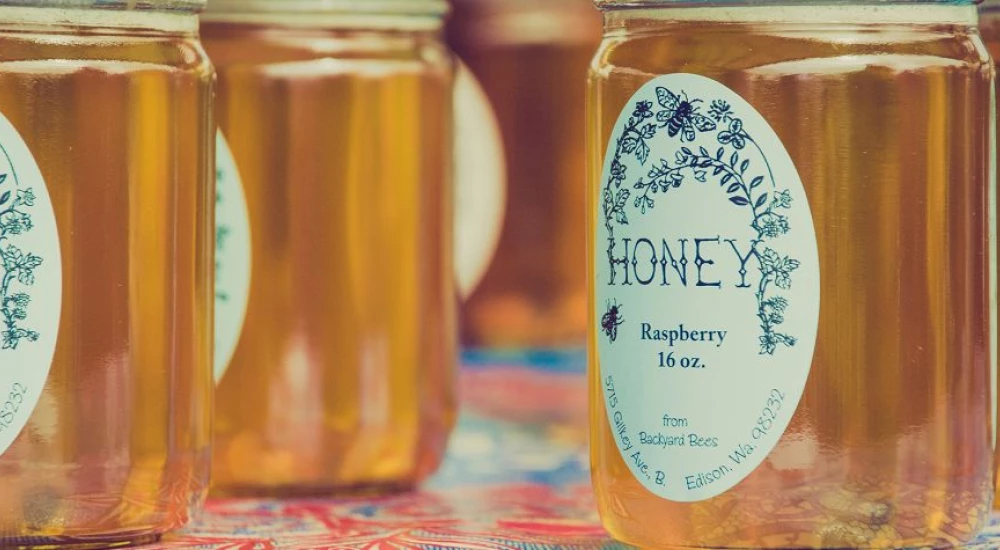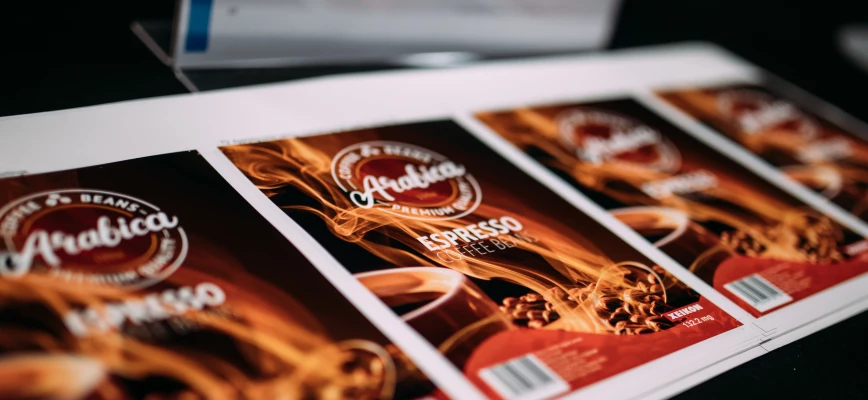How to stay on top of food labeling regulations?
Countries worldwide have their own food labeling regulations, which doesn’t make it easy for label converters. In Europe for example, the European Commission issues directives and regulations, but member states have some leeway on local implementation. A good example is the Swiss Ordinance on Materials and Articles in Contact with Food, which lays down a list of permitted substances that go far beyond the European Commission’s directives.
Nestlé Guidance Note
Brand owners too sometimes follow their own set of rules. The Nestlé Guidance Note on Packaging Inks, for example, stipulates that only components that are listed in the Swiss Ordinance can be used for packaging inks, but it also explicitly excludes some of these, such as certain photo-initiators, acrylates, and solvents. Why? They realize how sensitive customers are with regard to food health so they don’t want to take any risks of brand damaged. For such companies it is part of their commitment to their consumers.
Stricter regulations
For food label printers the plethora of laws and restrictions might seem a bit overwhelming at first. However, it’s important that they produce food compliant labels, even if the rules tend to change on a regular basis. The Food and Drug Administration in the US, for example, recently announced new guidelines regarding the term “healthy” in the labeling of foods, while Nestlé’s migration thresholds have become stricter over the last years.
Food label converters not only must take these regulations to heart, they also have to inform their clients of any changes. Fortunately, legislation usually takes a while to be implemented, which buys you, the food label printer, some time. Nonetheless, to avoid unpleasant and costly surprises, it’s critical to always keep an eye on the food packaging legislation.
Xeikon and Flint Group as your partner in food labeling regulations
Having signed the EuPIA Compliance Commitments document related to the manufacture and supply of food packaging inks, Flint Group and Xeikon are fully dedicated to the principle of protecting consumer food safety. In order to stay on top of all food safety related issues, Flint Group’s dedicated Regulatory Affairs department is constantly monitoring all legislative initiatives, both regionally and globally. That way, we can make sure our technology is compliant with the most stringent of rules. Furthermore, our team is always available to offer guidance to clients regarding food safety print issues.
See the Proof
Would you like to know more about our food-compliant print technology? Why not order your free samples printed on our machines at seetheproof.com.



